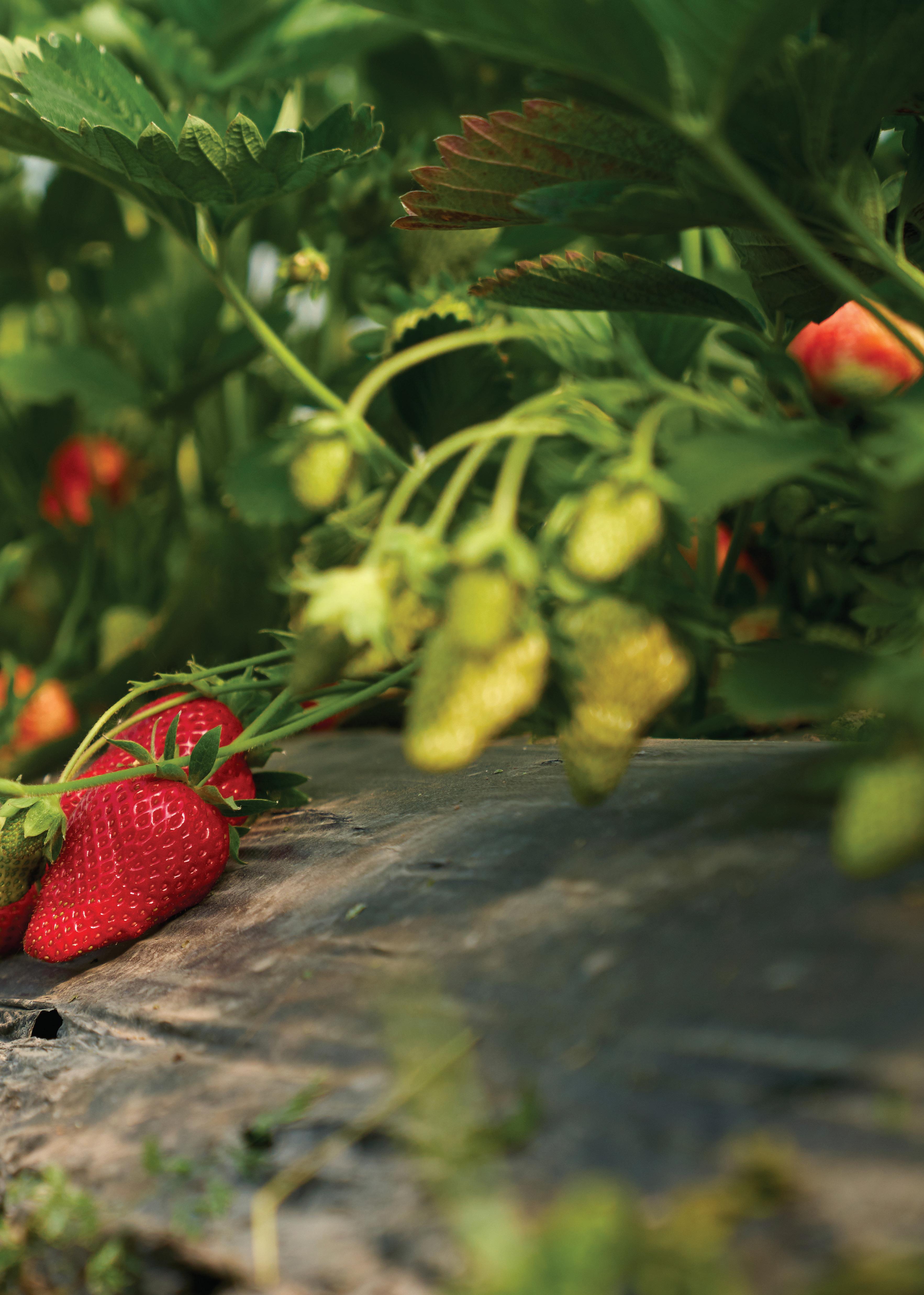










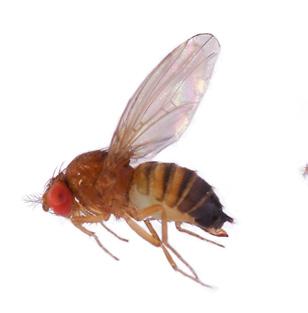
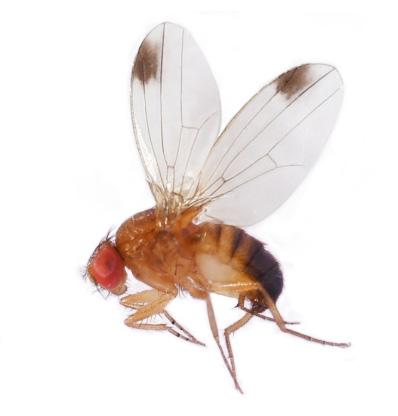
The Russell IPM Red Impact Board together with the SWD Dry Lure make a quick, easy tool for monitoring spotted wing drosophila, SWD, eliminating the need to sieve through liquid baits.
The Russell IPM Red Impact sticky board together with the SWD Dry Lure make a quick easy tool for monitoring spotted wing drosophila, Drosophila suzukii need to sieve through liquid baits.
Benefits
The red colour of the board is highly attractive to SWD
Simply peel off the silicon paper on the Impact Board traps and SWD lures and hang them up near fruit height
Significantly reduces the time needed to monitor SWD
The SWD Dry Lure lasts 12 weeks at 24°C. Longevity is reduced in higher temperatures
Simply peel back the covers on the Impact board traps and SWD lures and hang them up near fruit height
The SWD Dry Lure can be moved from saturated traps to fresh ones Works well throughout the year
Male SWD can be identified easily on the traps by their dark wing spots
Eliminates the need to sieve through liquid attractants
Significantly reduces the time needed to monitor SWD
Male SWD can be identified easily on the traps by their dark wing spots
The Red Impact Board has a grid pattern for ease of counting
Recommended use
Eliminates the need to sieve through liquid attractants
Recommended use
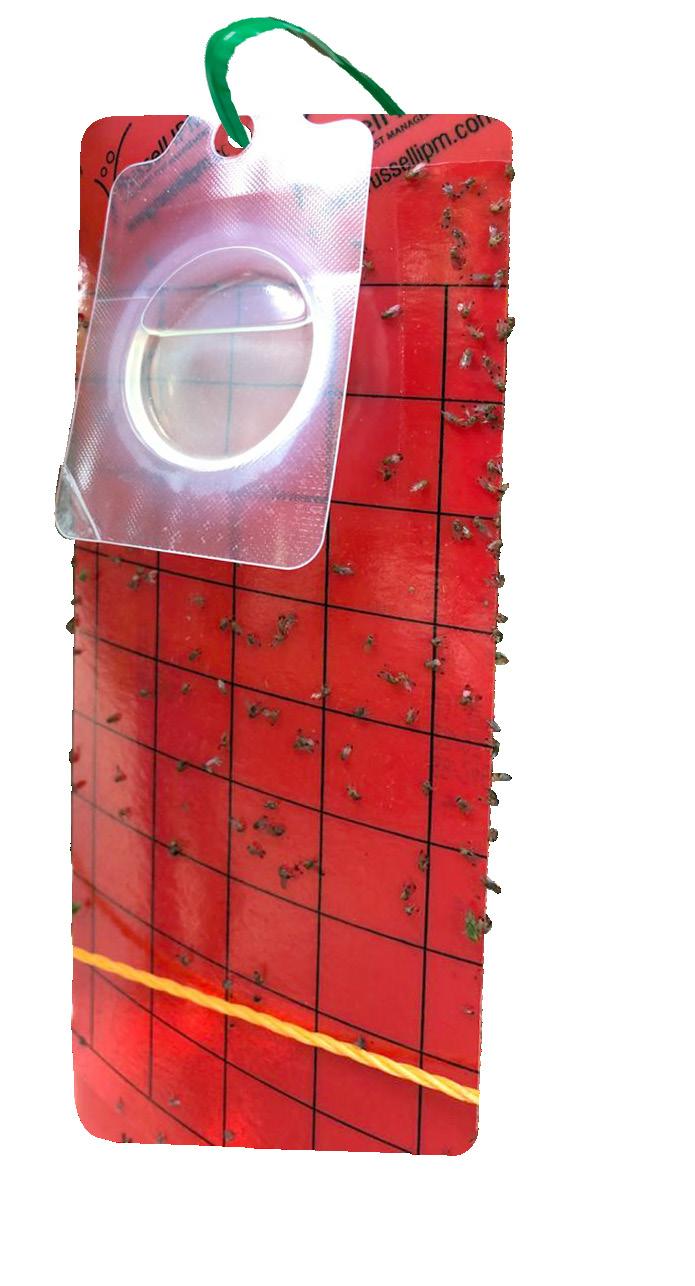
fresh ones
Works well throughout the year SWD Dry Lure release rate at 24°C
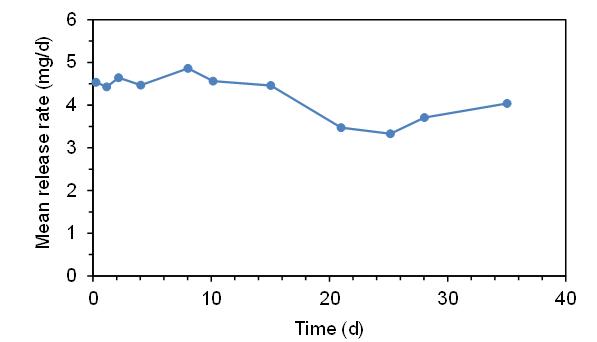
For best effect, monitor and trap SWD throughout the year. Monitor in wild hedgerows and woodland during winter months; placing traps at 10 m intervals, 1 m above ground level, preferably above bramble. This can reduce the numbers of SWD that invade crops during the spring.
The Red Impact Board has a grid pattern for ease of counting
Before the SWD migrate into crop areas (please see table labelled risk periods, for timing strategies) it is important to add traps and lures to the perimeter of the crop at 10 m intervals or less to reduce SWD migration into the crop.
If SWD are present in traps within the crop perimeter add 2 traps per hectare amongst the crops to monitor for cro p infiltration. Check traps every 2-3 weeks.
For precision monitoring place traps and lures 2 -5 m apart around the crop perimeter and in nearby wild hedgerows and woodland. Place 4 traps per hectare amongst the crops to monitor crop infiltration. Check traps every 2-3 weeks.
For best effect, monitor and trap SWD throughout the year. Monitor in wild hedgerows and woodland during winter months; placing traps at 10 m intervals, 1 m above ground level, preferably above bramble. This can reduce the numbers of SWD that invade crops during the spring.
Before the SWD migrate into crop areas (please see table labelled risk periods, for timing strategies) it is important to add traps and lures to the perimeter of the crop at 10 m intervals or less to reduce SWD migration into the crop.
If SWD are present in traps within the crop perimeter add 2-4 traps per hectare, or amongst the crop to monitor for crop infiltration. Check traps every 2-3 weeks.
120
80 100
60
40
0 20
